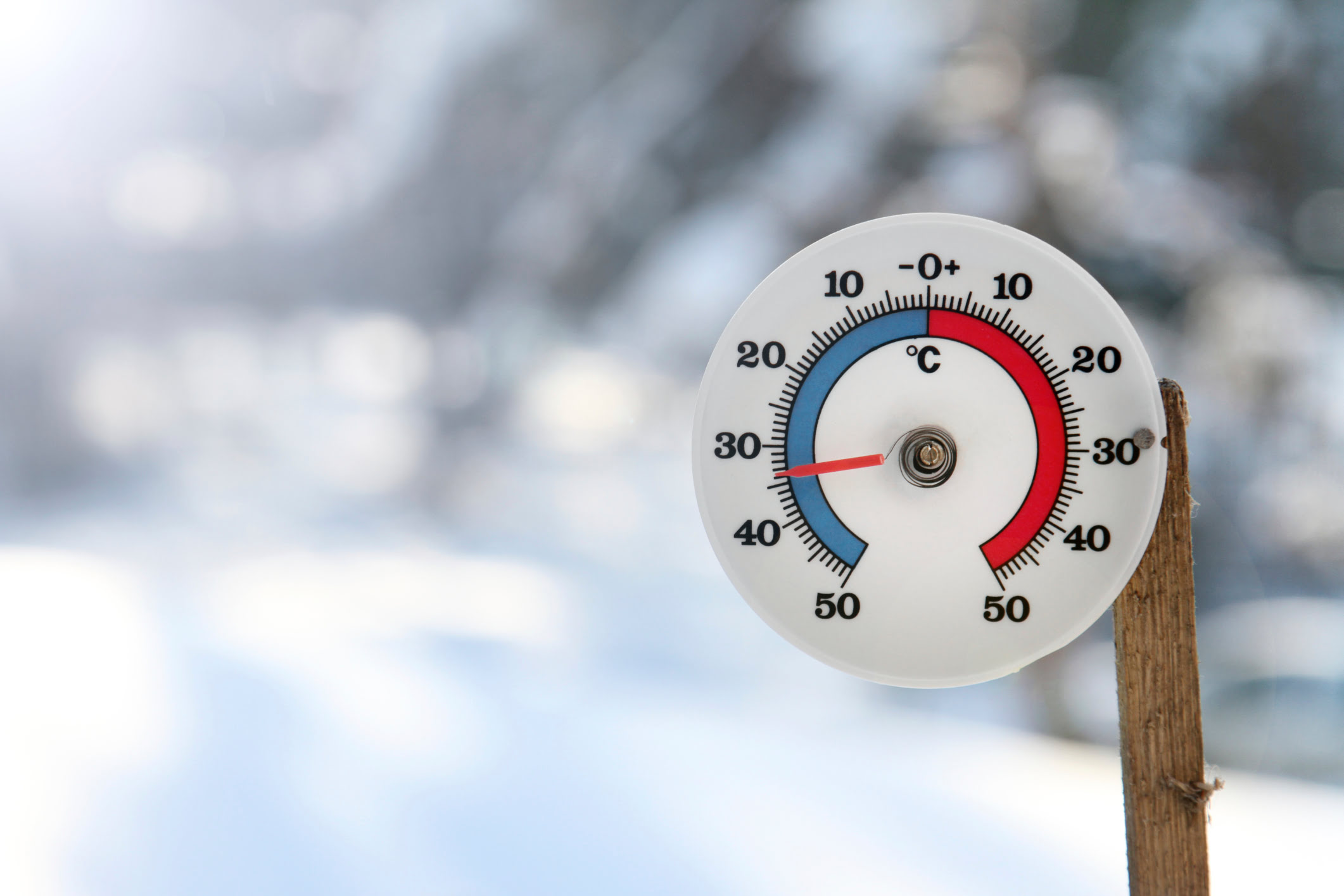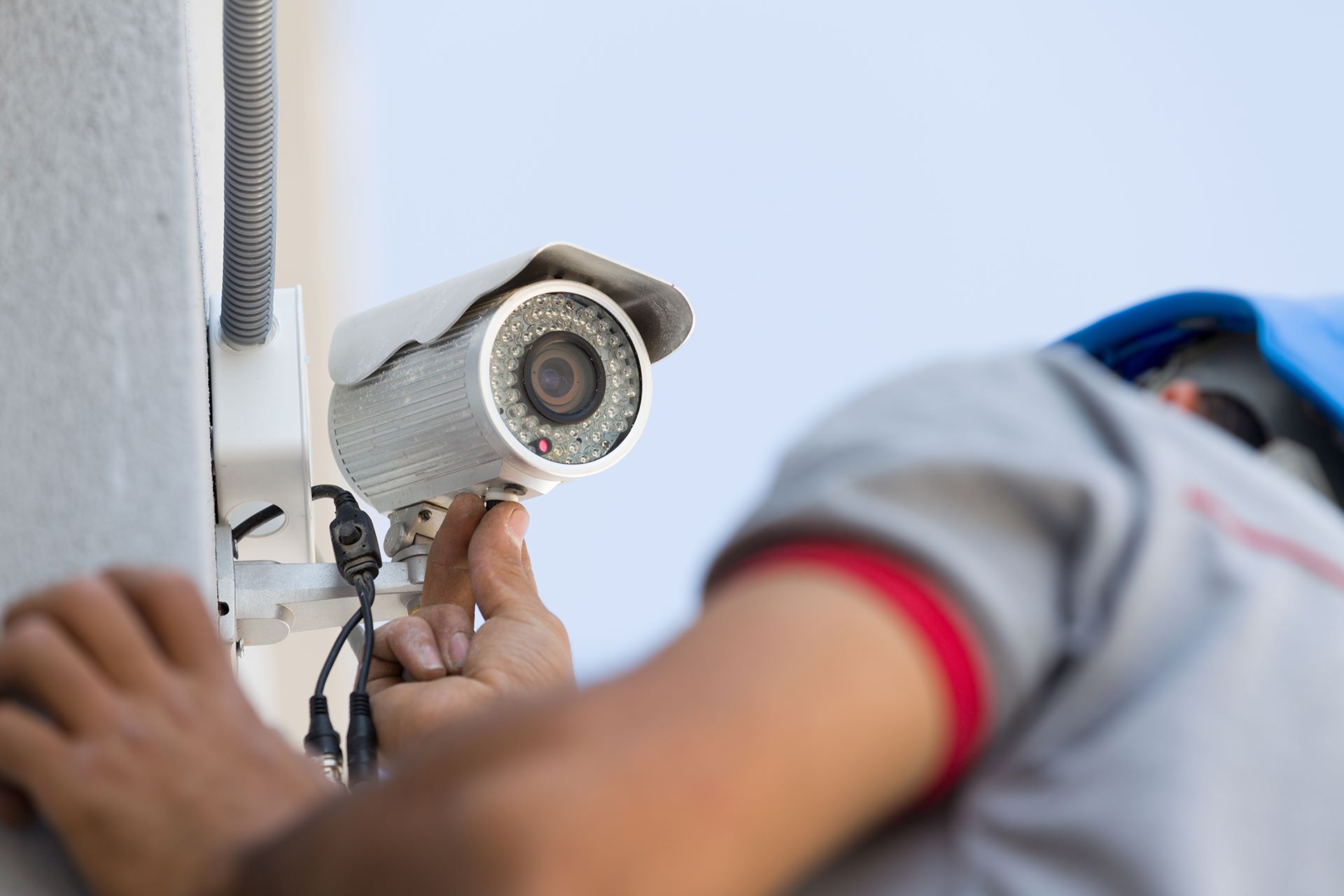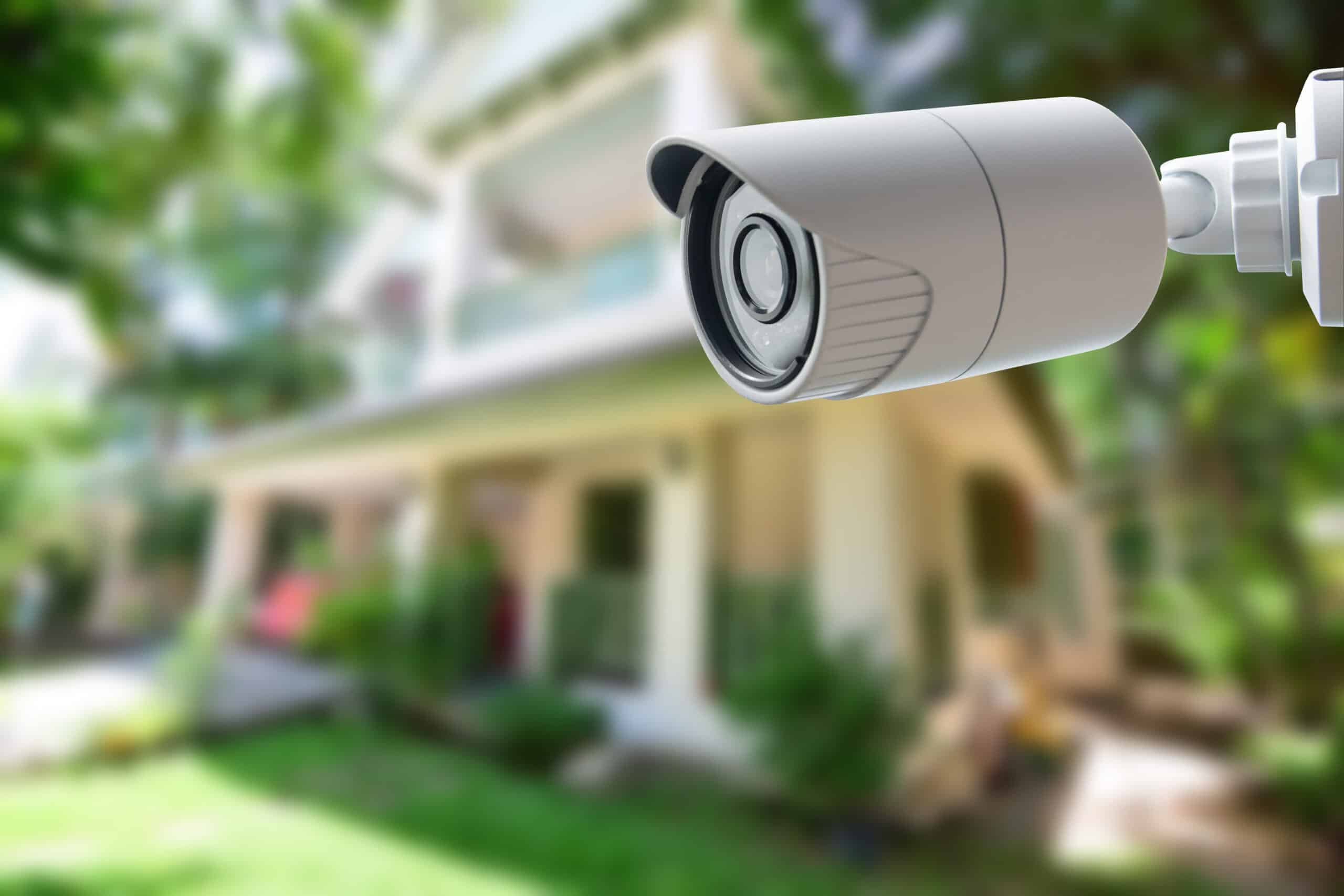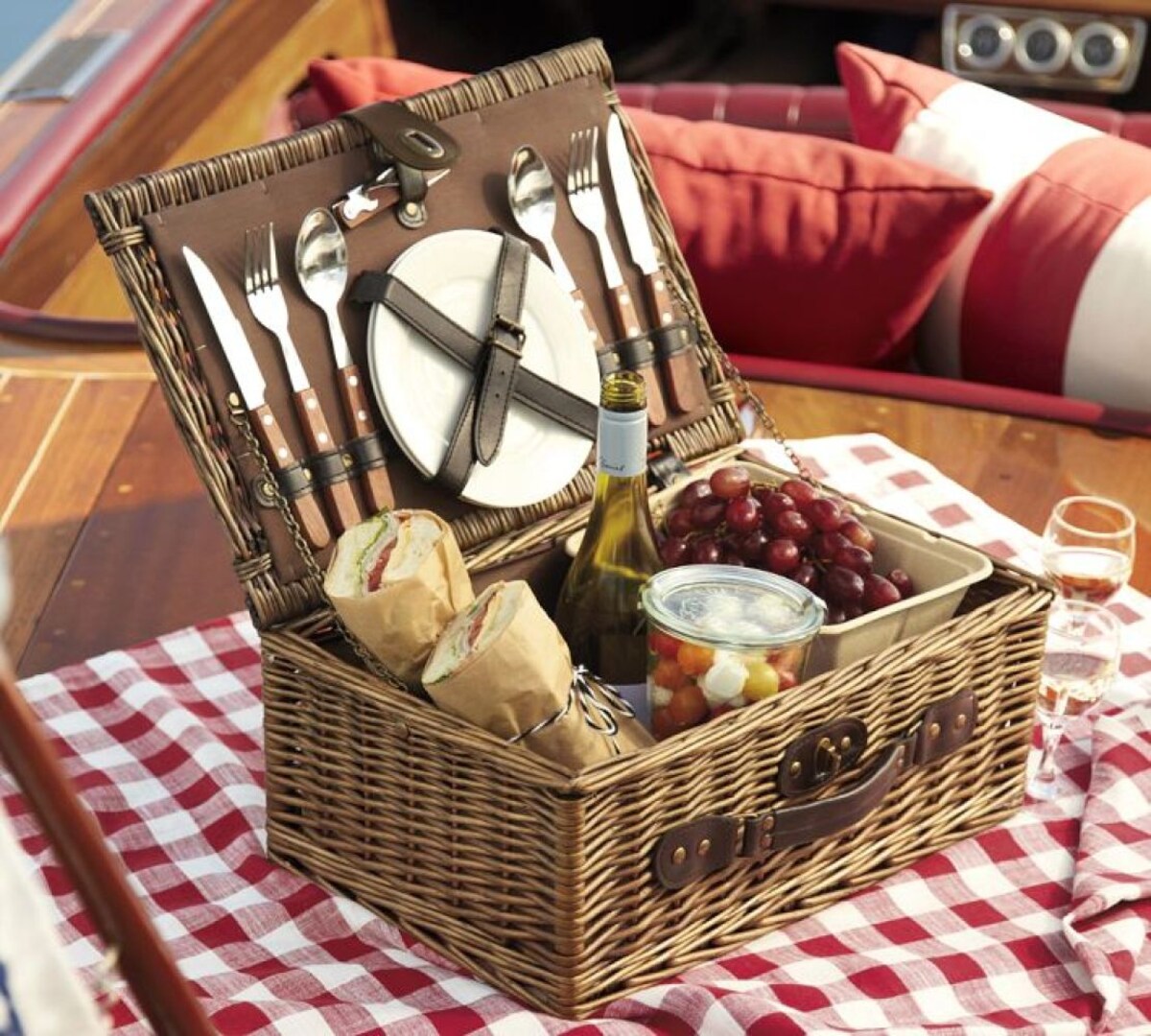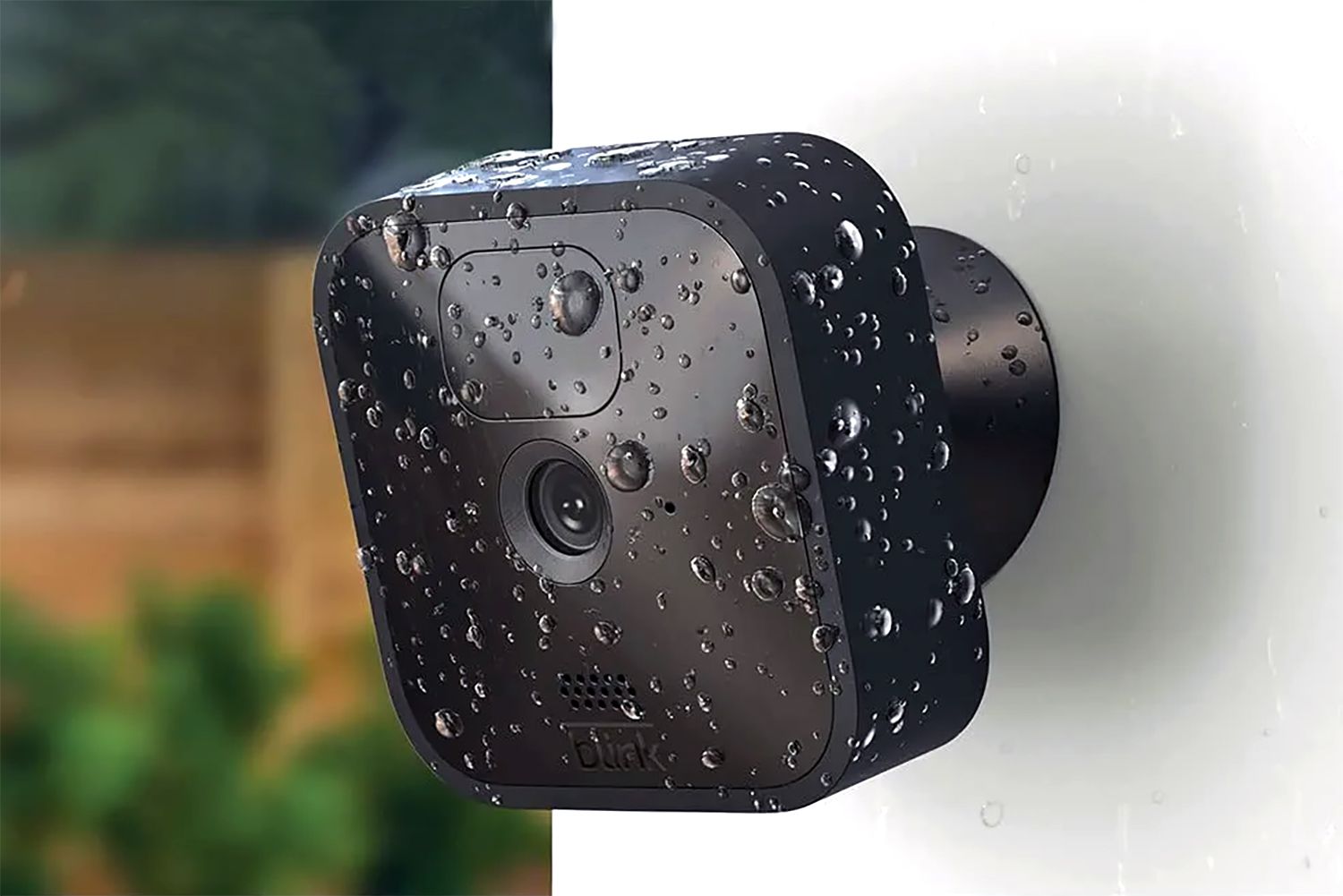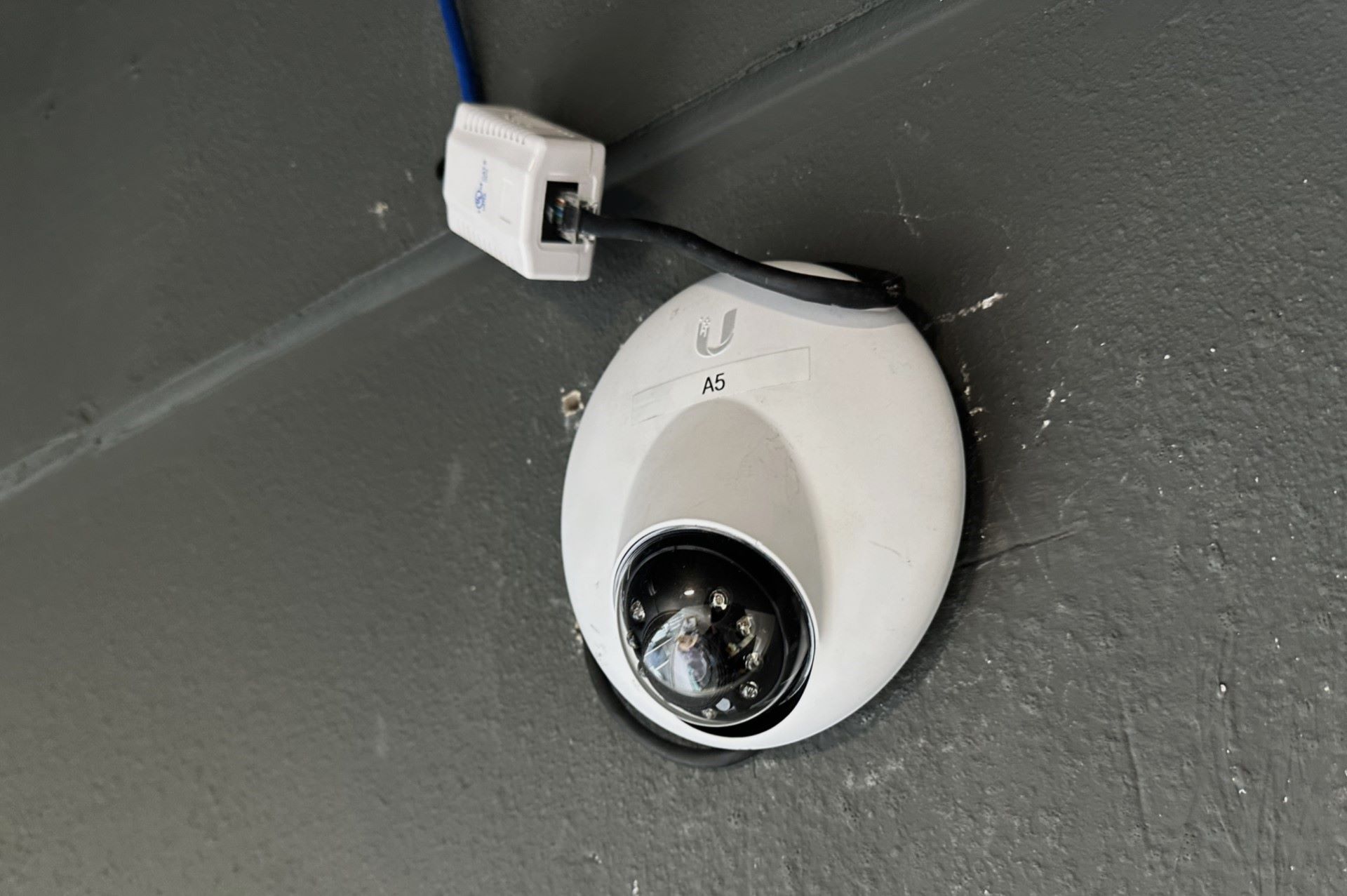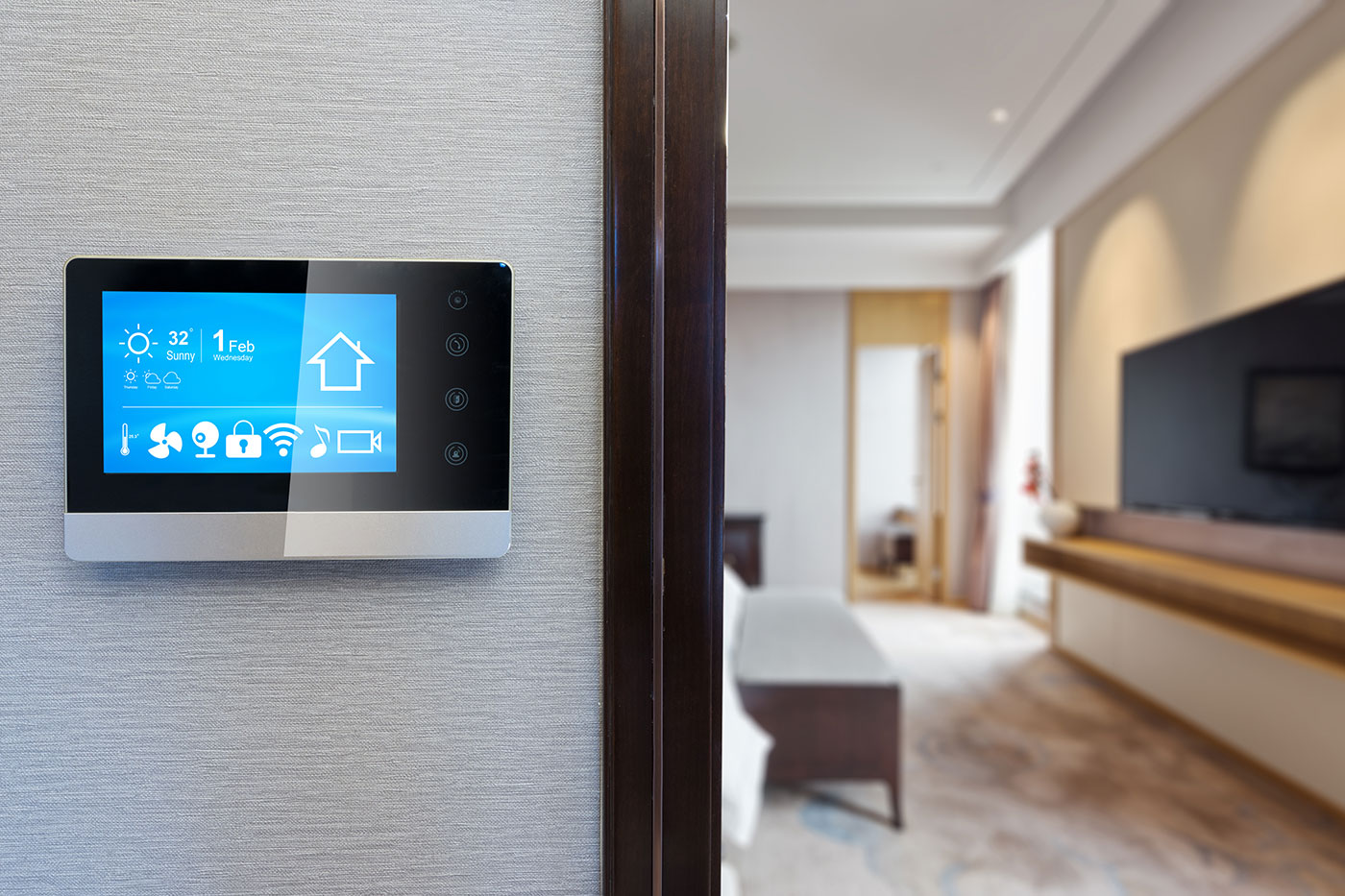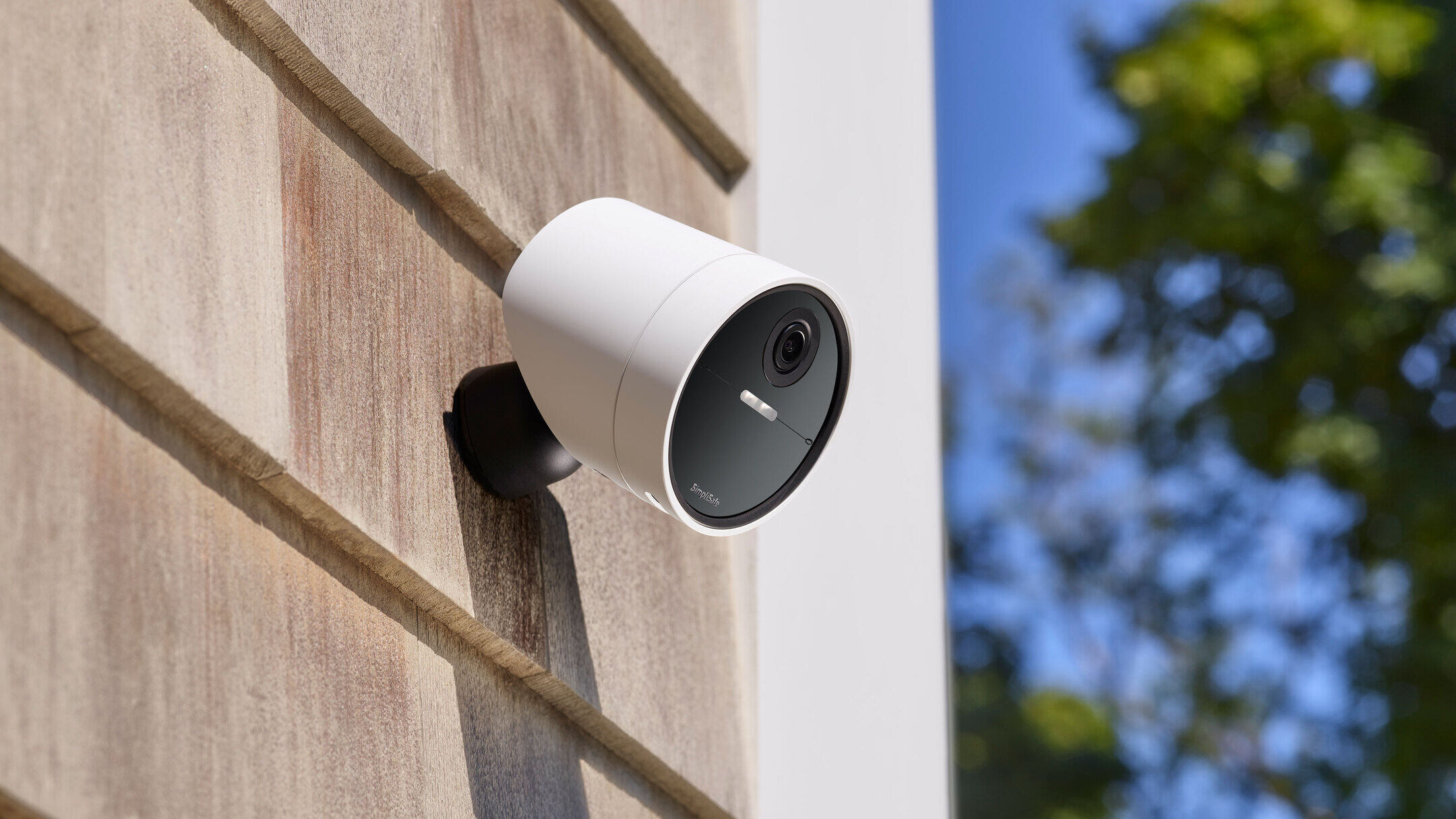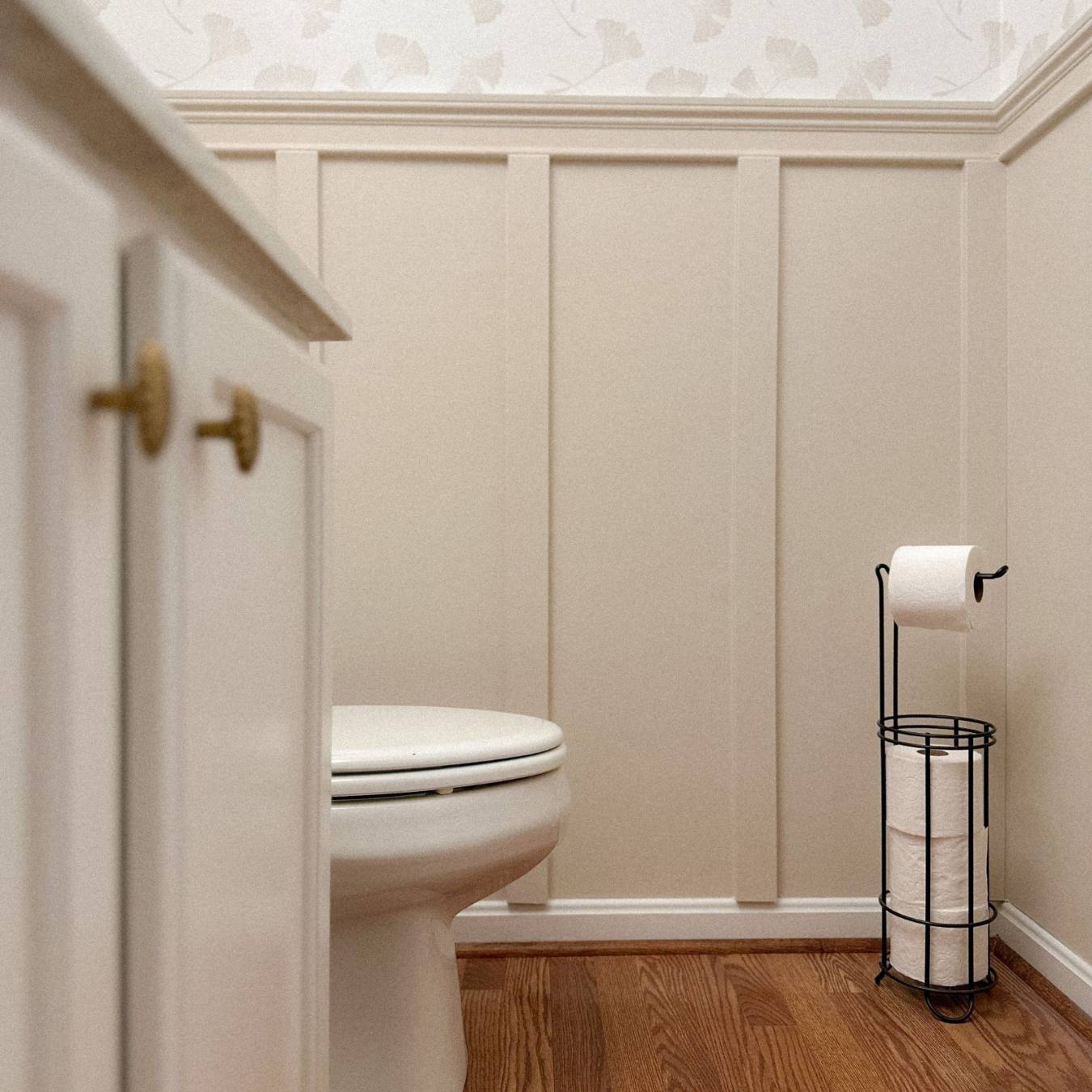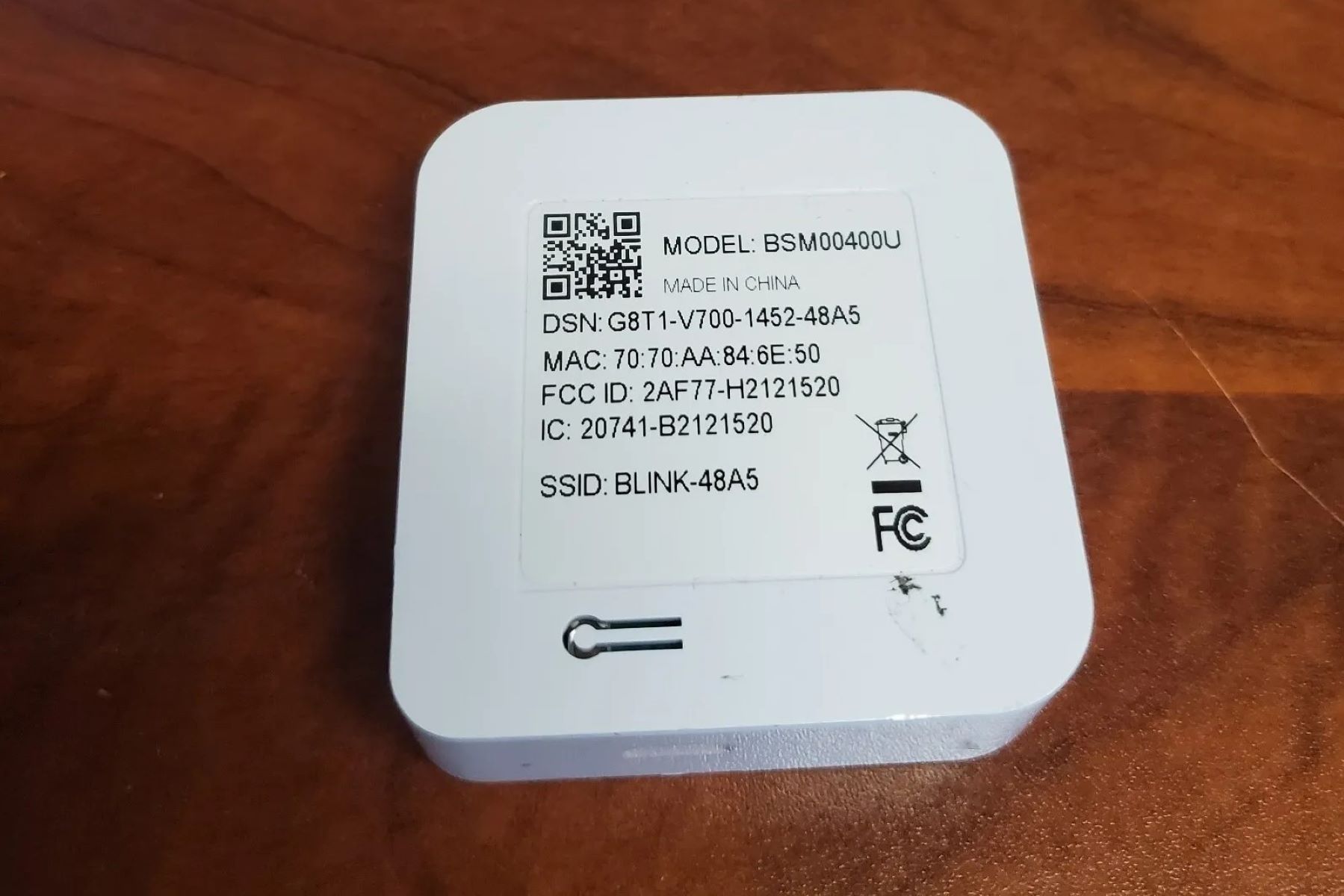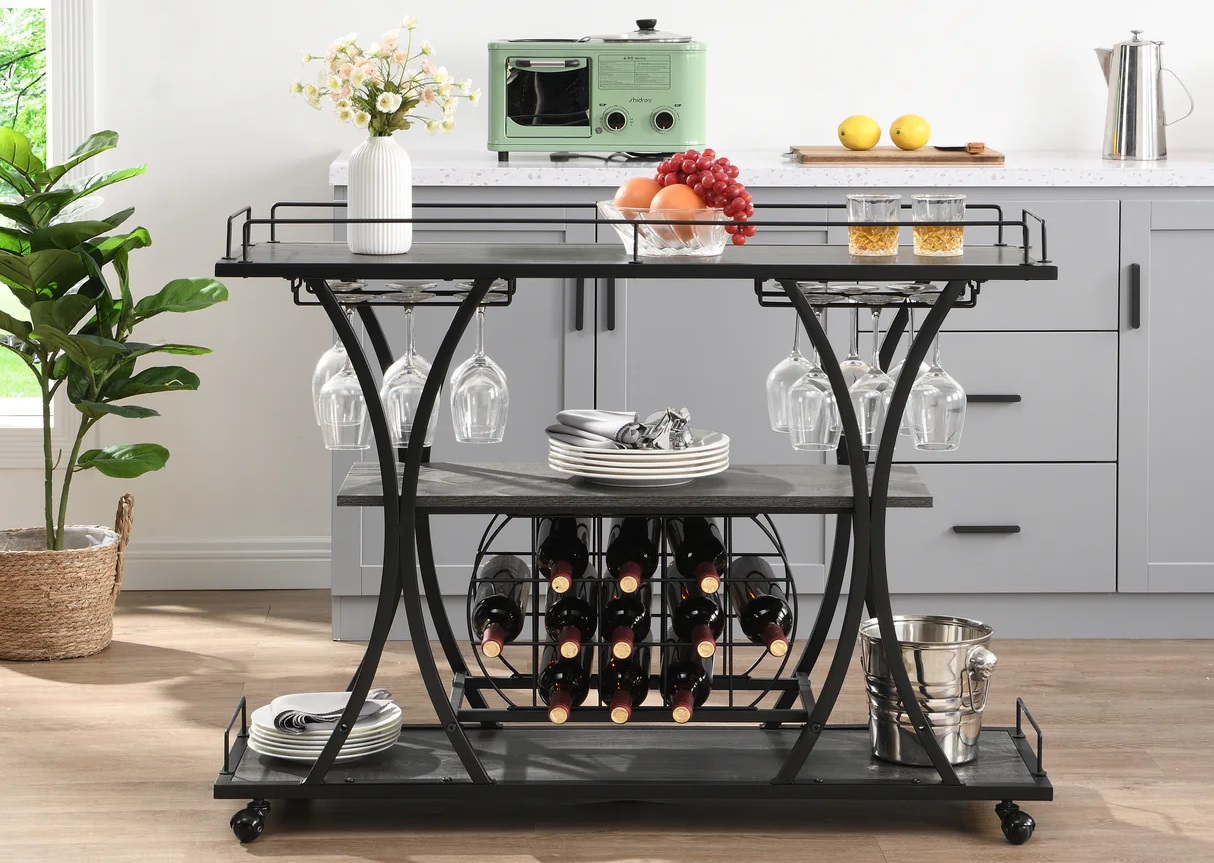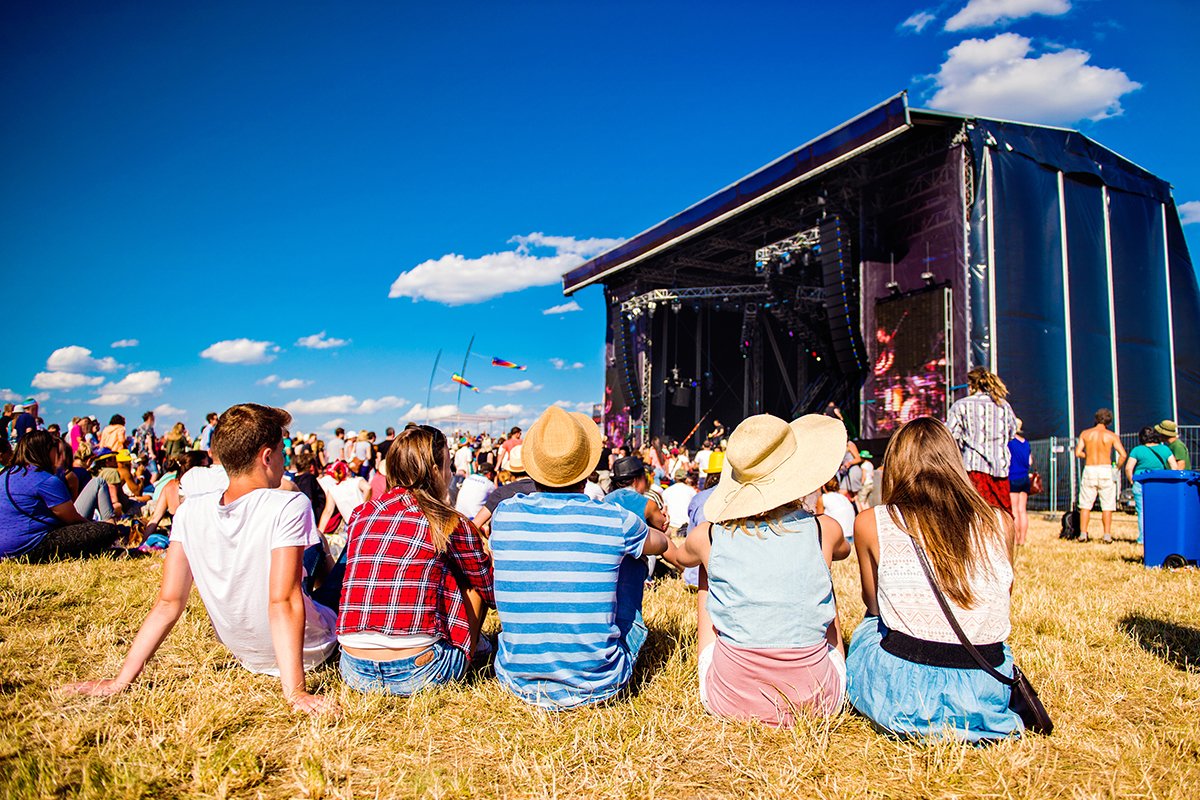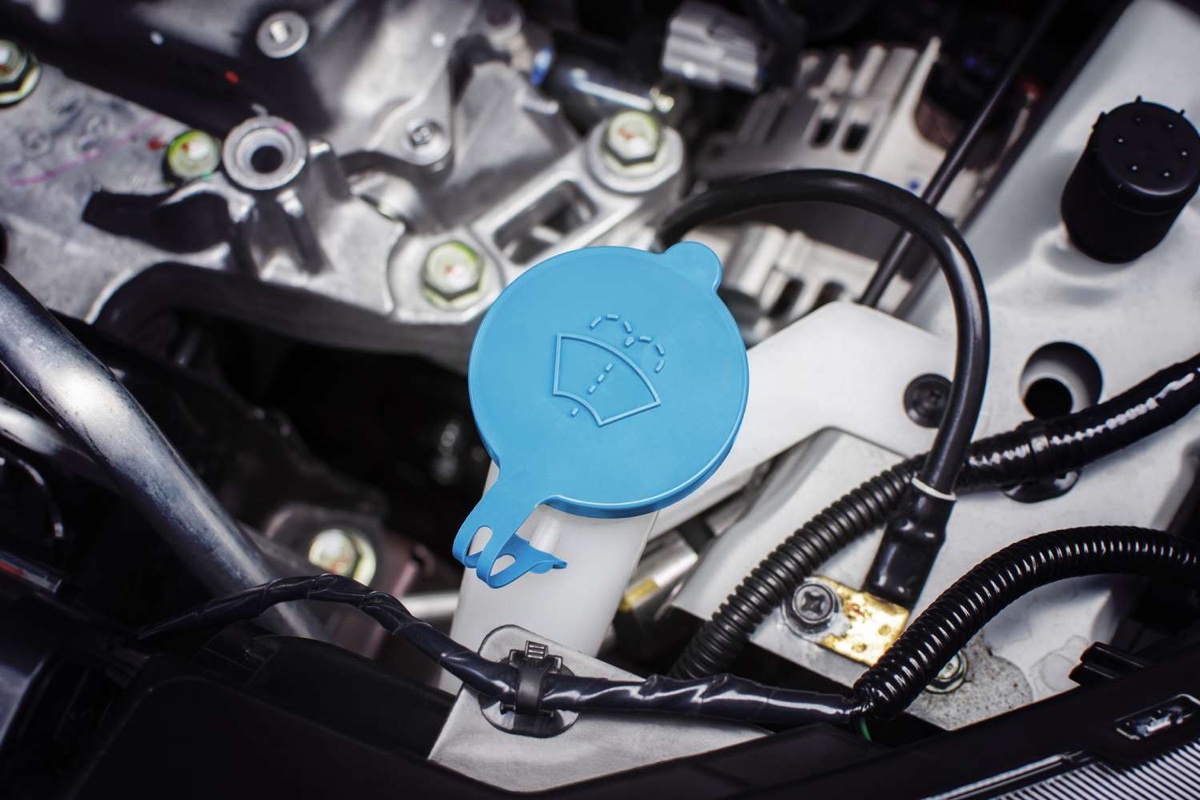Home>Home Security and Surveillance>Where Should I Put An Outdoor Camera
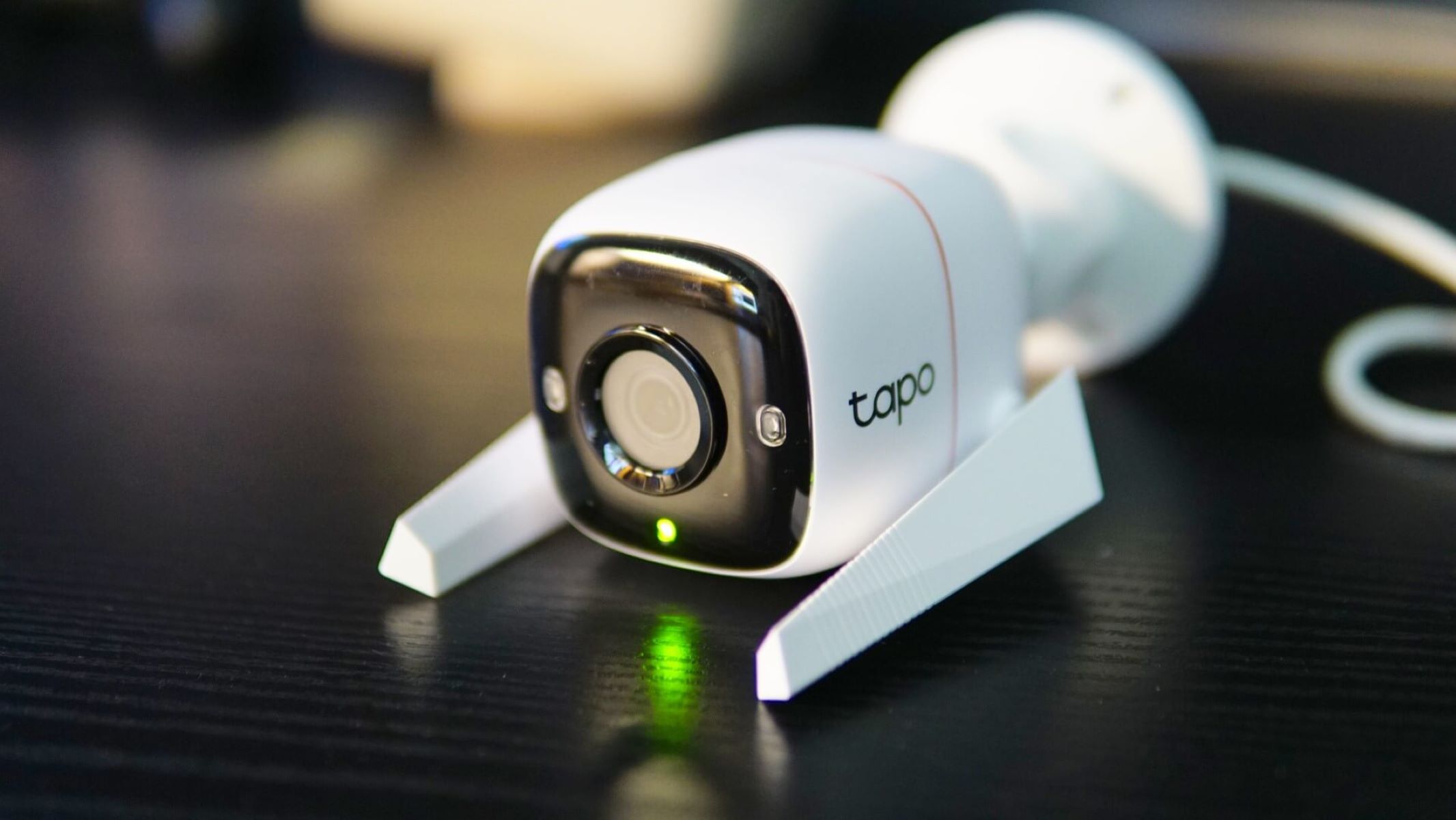

Home Security and Surveillance
Where Should I Put An Outdoor Camera
Modified: March 6, 2024
Ensure the safety of your home with outdoor cameras. Discover the best spots to install them for effective home security and surveillance.
(Many of the links in this article redirect to a specific reviewed product. Your purchase of these products through affiliate links helps to generate commission for Storables.com, at no extra cost. Learn more)
Introduction
When it comes to home security, outdoor cameras play a vital role in safeguarding your property and providing you with peace of mind. With advancements in technology, outdoor cameras have become more accessible, affordable, and sophisticated. However, knowing where to place these cameras is crucial to maximize their effectiveness.
Placing outdoor cameras strategically allows you to capture important footage and deter potential intruders. Additionally, it enables you to monitor your surroundings and keep an eye on any suspicious activity. In this article, we will explore the factors to consider before placing an outdoor camera and discuss common locations that can enhance the security of your home.
Key Takeaways:
- Strategically placing outdoor cameras in key areas like front entrances, backyards, and driveways enhances home security by monitoring access points and deterring potential intruders.
- Weatherproofing outdoor cameras with protective housings, proper mounting, and regular maintenance ensures their longevity and functionality, contributing to a safer living environment.
Read more: Where To Put Outdoor Cameras
Factors to consider before placing an outdoor camera
Before installing an outdoor camera, there are several factors to consider to ensure optimal placement and functionality. These factors include:
- Field of view: Determine the areas you want to monitor and consider the camera’s field of view. This will help you choose the right type of camera and its placement.
- Lighting conditions: Assess the lighting conditions in the area where you plan to install the camera. Some cameras perform better in low-light conditions, while others require sufficient illumination.
- Wireless range: If you opt for a wireless outdoor camera, consider the distance between the camera and the Wi-Fi router. Ensure that the camera can maintain a stable and reliable connection.
- Power source: Determine whether the camera requires a power outlet nearby or if it can run on battery or solar power. This will impact the camera’s installation and placement options.
- Accessibility: Consider the accessibility of the camera for maintenance and adjusting the camera’s angle. Ensure it is easily accessible so you can clean or adjust it as needed.
- Privacy concerns: Be mindful of the camera’s field of view to avoid capturing private areas, such as your neighbor’s property. Respect privacy boundaries and position the camera accordingly.
By considering these factors, you can make an informed decision about the placement of your outdoor camera and ensure optimal surveillance capabilities.
Common locations for outdoor cameras
Choosing the right locations for your outdoor cameras is crucial to maximize their effectiveness in monitoring and protecting your property. Here are some common locations to consider:
- Front entrance: Placing a camera near your front entrance provides a clear view of anyone approaching your front door. This can help identify potential intruders and monitor package deliveries.
- Backyard: Installing cameras in your backyard allows you to keep an eye on your outdoor living space, patio, and backyard entrances. This is particularly important if you have valuable items or want to monitor for any unauthorized access.
- Driveway: Positioning a camera near the driveway provides surveillance of vehicles coming and going. This can be useful in capturing license plate numbers and monitoring any suspicious activity.
- Garage: Placing a camera near your garage helps secure your vehicles and monitor any potential break-ins or theft. It can also serve as a deterrent for would-be burglars.
- Side entrances: Consider installing cameras near side entrances or points of access that are not as frequently used. These areas can be vulnerable spots for unauthorized individuals to gain entry.
- Perimeter of the property: Cameras placed at the perimeter of your property provide a broader surveillance view and can help alert you to any potential threats approaching from outside.
It’s important to assess your specific security needs and the layout of your property to determine the most suitable locations for your outdoor cameras. It may also be beneficial to consult with a professional to ensure optimal camera placement for maximum coverage.
Front yard placement options
The front yard is a crucial area to monitor as it is the main entrance to your home. Here are some front yard placement options to consider for your outdoor cameras:
- Front door: Installing a camera near the front door provides a clear view of anyone approaching or leaving your home. Make sure the camera is positioned at eye level for best results.
- Porch or stoop: Placing a camera on the porch or stoop area can help monitor any activity happening in these spaces. It can also capture important footage of package deliveries or potential intruders.
- Walkway or driveway: Positioning a camera along the walkway or driveway allows you to monitor anyone entering or leaving your property. This can help deter unwanted visitors and ensure the safety of your home.
- Garage: If your garage is attached to your home, consider placing a camera to monitor the garage entrance. This can help protect your vehicles and detect any unauthorized access.
- Boundary of the front yard: Installing cameras along the boundary of your front yard provides a comprehensive view of the entire area. This can help detect any intruders or suspicious activity approaching from outside.
When positioning your outdoor cameras in the front yard, it’s essential to consider potential obstacles such as trees, shrubs, or nearby buildings that can obstruct the camera’s view. Additionally, ensure that the camera is protected from the elements and positioned discreetly to avoid any tampering.
Remember, the goal is to have optimal coverage of the front yard area, allowing you to monitor activity and enhance the security of your home.
Backyard placement options
Securing your backyard is just as important as protecting the front of your home. Here are some placement options to consider for your outdoor cameras in the backyard:
- Patio or deck: Installing a camera on your patio or deck provides surveillance of your outdoor living space. This is particularly important if you have valuable items or want to monitor for any unauthorized access.
- Backdoor: Placing a camera near the backdoor helps monitor any activity or potential break-ins. It can serve as a deterrent and provide valuable evidence in case of an incident.
- Pool area: If you have a swimming pool, consider placing a camera to monitor the area for safety reasons. This can help ensure the wellbeing of children and prevent unauthorized access.
- Shed or storage area: Positioning a camera near your shed or storage area helps protect valuable tools and equipment. It can also monitor for any suspicious activity around these areas.
- Boundary of the backyard: Installing cameras along the boundary of your backyard provides a comprehensive view of the entire area. This can help deter trespassing and detect any intruders attempting to access your property.
When placing outdoor cameras in the backyard, ensure they are mounted securely and protected from the elements. It’s also crucial to position the cameras at appropriate angles to capture the desired coverage without any blind spots.
Remember, the purpose of placing cameras in the backyard is to enhance the security of your property, deter potential intruders, and provide you with peace of mind knowing that your outdoor space is under surveillance.
Consider placing an outdoor camera at eye level to capture clear facial features. Ensure it’s protected from weather and tampering, with a wide view of the area you want to monitor.
Read more: Where Should I Put The Toilet Paper Holder
Garage and driveway placement options
The garage and driveway are key areas of your property that require careful monitoring. Here are some placement options for your outdoor cameras in the garage and driveway:
- Garage entrance: Installing a camera near the garage entrance allows you to monitor any activity happening in and around this area. It can capture footage of vehicles entering and exiting, as well as any potential break-ins.
- Driveway: Positioning a camera to overlook the driveway provides surveillance of vehicles coming and going. It can capture license plate numbers and monitor any suspicious activity, helping to enhance the security of your property.
- Side door or gate: If you have a side door or gate leading to your backyard or other areas of your property, consider placing a camera to secure this access point. It helps deter unauthorized entry and provides a clear view of anyone trying to gain access.
- Parking area: If you have a designated parking area on your property, placing cameras to cover this space can help monitor for any unauthorized vehicles or suspicious activity.
- Outdoor storage: If you have outdoor storage units or sheds near the garage or driveway, installing cameras in these areas can help protect your belongings and detect any break-ins or theft attempts.
When positioning your outdoor cameras in the garage and driveway, consider the angles of coverage, ensuring that the cameras capture the desired area effectively. It’s important to mount the cameras securely and protect them from the weather to maintain their functionality.
By strategically placing cameras in the garage and driveway, you can enhance the overall security of your property, deter potential intruders, and have peace of mind knowing that these key areas are under constant surveillance.
Placement considerations for apartment dwellers
If you live in an apartment, there are specific considerations to keep in mind when it comes to placing outdoor cameras. Here are some placement options tailored for apartment dwellers:
- Entrance doors: Placing a camera near the entrance doors of your apartment building can help monitor who enters and exits the building. It provides valuable footage in case of any suspicious activity or incidents.
- Balcony or patio: If you have a balcony or patio, you can install a camera to monitor these outdoor spaces. It helps keep an eye on your personal belongings and provides a view of the surrounding area.
- Windows: Positioning cameras near windows, especially those facing common areas or shared spaces, can help deter potential intruders and provide surveillance of these vulnerable points of entry.
- Communal areas: If your apartment building has communal areas like a gym, parking lot, or courtyard, consider placing cameras to monitor these spaces. It can help enhance security and provide residents with a sense of safety.
- Hallways: Depending on the layout of your apartment building, placing cameras in hallways can help monitor any activity outside your unit. Ensure you are mindful of the privacy concerns of other residents and consult with your building management if necessary.
As an apartment dweller, it’s important to check with your building management or landlord before installing any outdoor cameras. There may be specific guidelines or restrictions regarding camera placement to ensure the privacy and security of all residents.
When installing outdoor cameras in an apartment, consider opting for wireless cameras that can be easily mounted and moved without causing damage to the property. Additionally, ensure the cameras are discreetly placed and well-protected to prevent tampering.
By strategically placing outdoor cameras in an apartment building, you can enhance the security within your immediate surroundings and contribute to a safer living environment for yourself and your neighbors.
Weatherproofing and protection for outdoor cameras
Outdoor cameras are exposed to various weather conditions, making it essential to properly weatherproof and protect them. Here are some tips to ensure the longevity and functionality of your outdoor cameras:
- Choose weatherproof cameras: When purchasing outdoor cameras, opt for models that are explicitly designed for outdoor use and are resistant to elements like rain, snow, and extreme temperatures. Look for cameras with an IP65 or higher rating for weather resistance.
- Proper mounting: Mount outdoor cameras securely to prevent them from being easily tampered with or knocked out of position during inclement weather. Use sturdy brackets or mounts that can withstand the elements and maintain the camera’s stability.
- Protective housing: Consider using protective housings or camera covers to shield your cameras from direct exposure to the elements. These housings can provide an additional layer of protection against rain, wind, and debris.
- Cable management: Ensure all cables and connectors are properly sealed and protected from moisture. Use waterproof cable connectors and conduit to secure and protect the camera’s wiring, reducing the risk of water damage or electrical issues.
- Frequent cleaning: Regularly clean the camera lenses to remove any dust, dirt, or debris that may obstruct the view. Use a soft, lint-free cloth or lens cleaner specifically designed for camera lenses to avoid scratching or damaging the lens surface.
- Regular maintenance: Perform routine maintenance checks to ensure the camera’s housing, mounts, and cables remain intact and undamaged. Inspect for any signs of wear and tear, and address any issues promptly to prevent further damage or compromised functionality.
- Power source protection: If your outdoor cameras require a power source, ensure that the power outlets or wiring are properly protected from moisture and have appropriate grounding to minimize the risk of electrical issues.
By implementing these weatherproofing and protection measures, you can ensure that your outdoor cameras remain in optimal working condition and continue to provide reliable surveillance despite exposure to various weather conditions.
It’s also worth noting that regularly reviewing and updating the placement of your outdoor cameras can help ensure maximum coverage and minimize potential obstructions caused by foliage or changing environmental factors.
Conclusion
Placing outdoor cameras strategically is vital for enhancing home security and surveillance. By considering factors such as field of view, lighting conditions, wireless range, power source, accessibility, and privacy concerns, you can make informed decisions about camera placement. Whether you are a homeowner or an apartment dweller, there are various options for positioning outdoor cameras that align with your specific security needs.
Common placement locations include the front yard, backyard, garage, driveway, and boundary areas. Placing cameras near front entrances, backdoors, and side entrances allows for effective monitoring of access points. Cameras positioned along the driveway and near the garage provide surveillance of vehicles and protect against potential break-ins. Additionally, monitoring communal areas in apartment buildings can contribute to overall safety.
Weatherproofing and protecting outdoor cameras is crucial to ensure their longevity and functionality. Choosing weatherproof cameras, proper mounting, using protective housings, managing cables, performing regular cleaning and maintenance, and protecting the power source are essential steps to safeguard against the elements and maintain optimal camera performance.
By diligently considering placement options and implementing appropriate weatherproofing measures, you can significantly enhance your home security and surveillance capabilities. Outdoor cameras serve as an effective deterrent for intruders and provide valuable evidence in case of incidents. Remember to consult with professionals or refer to guidelines from the camera manufacturer or building management when necessary.
Investing in outdoor cameras and placing them strategically not only offers peace of mind but also contributes to creating a safer and more secure living environment for you and your loved ones.
Frequently Asked Questions about Where Should I Put An Outdoor Camera
Was this page helpful?
At Storables.com, we guarantee accurate and reliable information. Our content, validated by Expert Board Contributors, is crafted following stringent Editorial Policies. We're committed to providing you with well-researched, expert-backed insights for all your informational needs.
